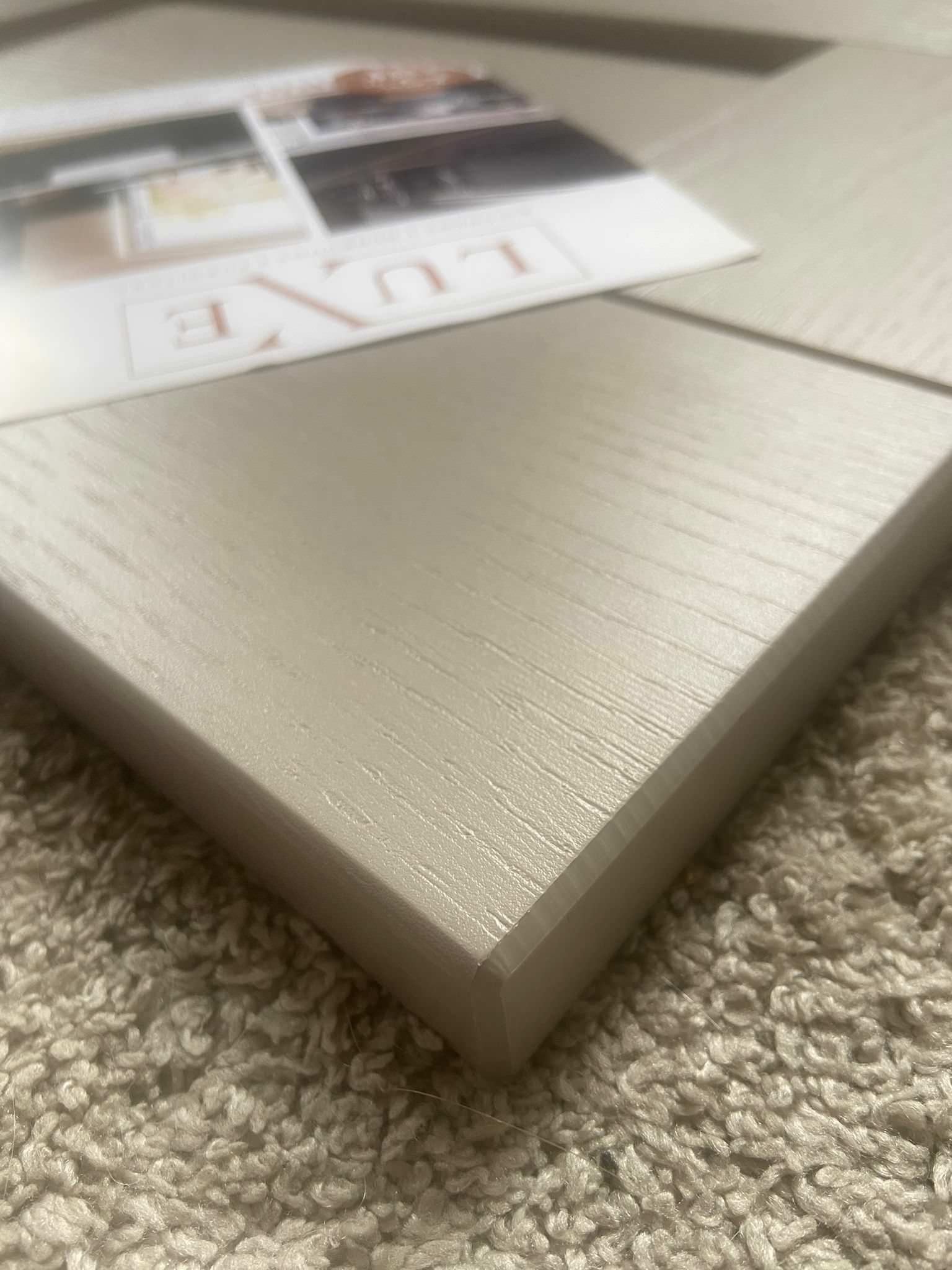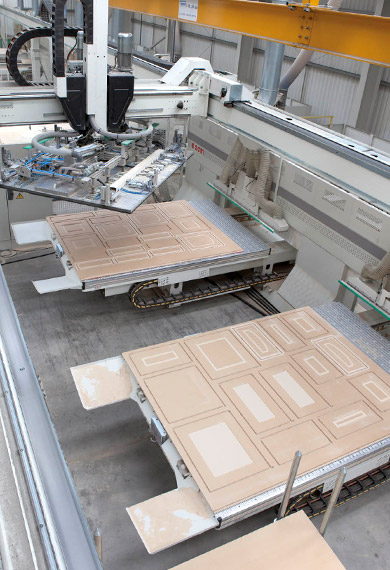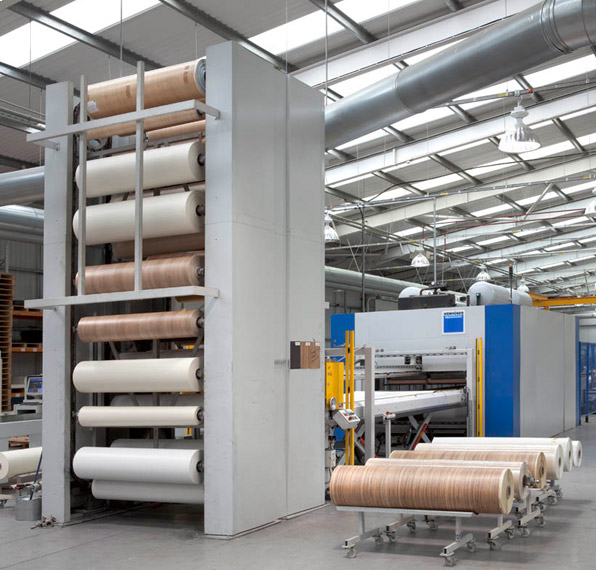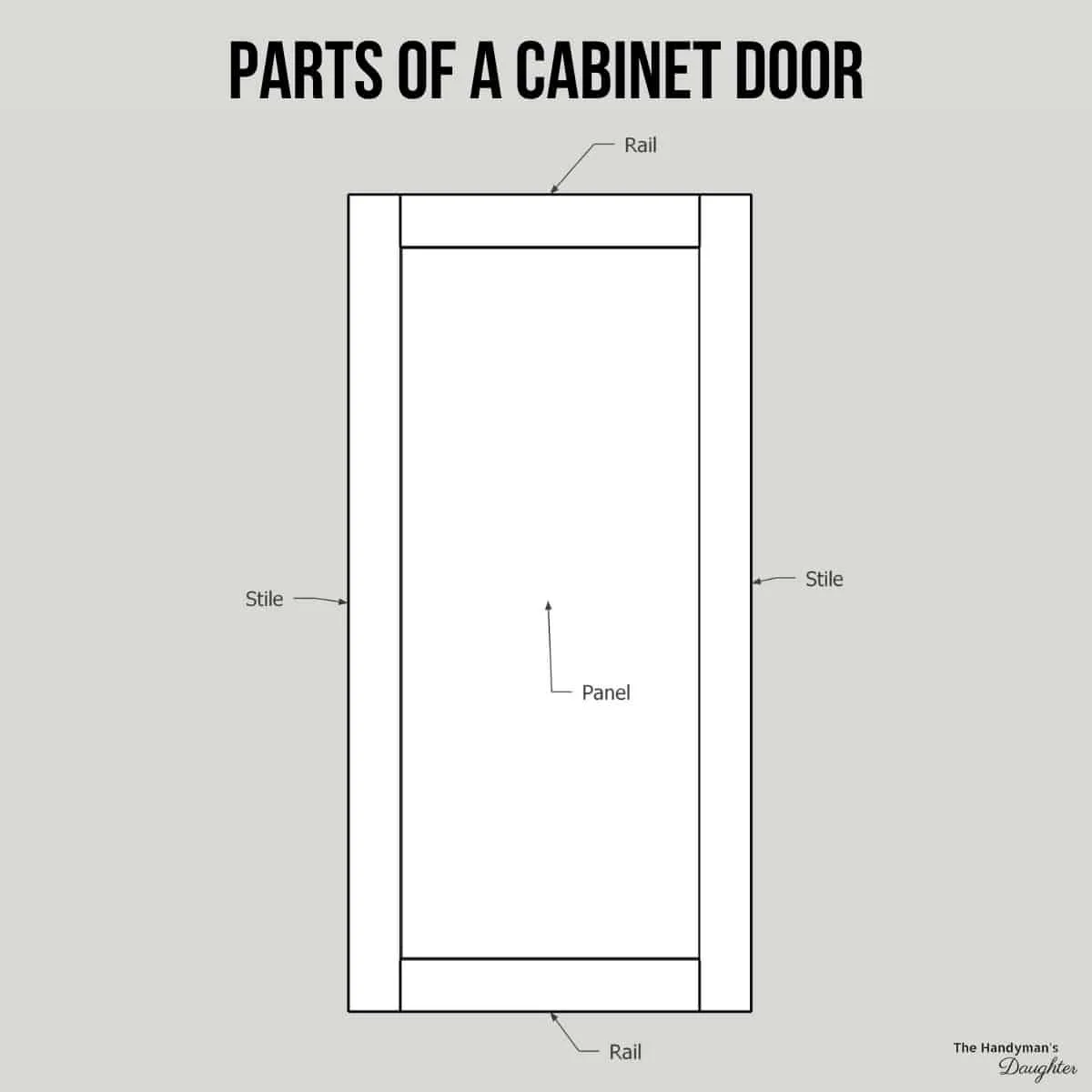Understanding Vinyl-Wrapped Doors: Pros, Cons, and Applications

There is a lot of convoluting information about vinyl doors, also known as foil-wrapped doors, mainly because they vary in type and quality.
Why choose vinyl over solid timber or painted MDF?
Vinyl doors are harder wearing than painted doors. They do not chip like paint does and they are more resistant to scratches too. Some manufactures manufacture vinyl wrapped doors which are then spray painted over, which are still harder than solid timber but they also have a chance of chipping.
Vinyl doors are also less expensive to manufacture and use less chemicals than painted doors.
What is a vinyl door?
A vinyl-wrapped door is essentially made from MDF (Medium-Density Fiberboard), which is shaped into various styles like shaker, grooved, or cathedral. The door is then wrapped in a layer of vinyl (plastic), typically using a vacuum press with adhesive. For more insight into the door options, you can explore the "Door Creator" tool by Browns2000, a reputable vinyl door manufacturer: Door Creator. (Images below credited to Browns2000)


Once the vinyl is pressed onto the MDF in a single piece, the door achieves its final appearance. This is often referred to as a "one-piece foil-wrapped door." The vinyl layer provides both the color and texture, with colors typically aligned to standard Egger shades, although manufacturers may offer a wider range of options. In terms of texture, common finishes include standard smooth, super smooth, gloss, and wood grain effects.
One-piece vinyl-wrapped doors are commonly used in kitchens, bathrooms, and bedrooms, but this is where many people encounter issues.
We’ve all seen instances of peeling doors in kitchens, particularly near kettles, dishwashers, or above the hob. This occurs because moisture seeps between the vinyl and MDF, causing the MDF to swell, the adhesive to break down, and the vinyl to peel. For this reason, we do not recommend one piece vinyl-wrapped doors for high-moisture environments such as kitchens and bathrooms.
There are exceptions, however. Companies like Ambiance Bain effectively use vinyl-wrapped doors in bathrooms by pressing the vinyl onto high-quality MDF with water-resistant adhesive. This meticulous process allows them to offer a 10-year guarantee on their products, although it comes at a premium price.
The appeal of vinyl doors lies in their cost-effectiveness, making them an ideal choice for bedrooms, boot rooms, offices, and other non-humid areas. But why isn’t there a kitchen product that combines the affordability of a one-piece vinyl door with steam resistance?
Let me introduce you to the five-piece vinyl-wrapped door.
As the name suggests, a five-piece vinyl-wrapped door is constructed from five individual components: left stile, right stile, top rail, bottom rail, and center panel. Each piece is wrapped separately.
So how does this differ from a one-piece vinyl-wrapped door?
For starters, consider the wood grain texture. On a one-piece door, which is wrapped in one single sheet of vinyl, the grain runs vertically throughout the entire surface, even in areas where it should ideally run horizontally.
In contrast, a five-piece door has vertical grain on the vertical components (the stiles and center panel) and horizontal grain on the horizontal components (the rails). This not only enhances the aesthetic appeal but also provides greater moisture resistance compared to a one-piece door. For this reason, we confidently recommend them for use in kitchens and bathrooms.

Image Credit: The Handymans Daughter
The only limitation is that five-piece doors are currently available only in shaker style. However, companies like OS Doors are innovating by allowing for customisable features such as movable mid-rails and added beading. I expect we will see even more variations of five-piece vinyl-wrapped doors in the future, especially as reports of peeling one piece vinyl wrapped doors from larger retailers continue to surface.
In summary, here is a breakdown of the pros and cons of vinyl wrapped doors.
One piece vinyl wrapped door
Pros:
- Most cost-effective option
- Huge variety of different door shapes to choose from (Not just shaker)
- Huge choice of different manufacturers to choose from
- Vinyl finish is harder than a painted finish
- Will not chip
- Looks very similar to a smooth spray painted door, especially the super smooth vinyl
- Great cost effective option for non-humid areas such as offices, utility rooms and bedrooms
Cons:
- The vinyl will peel off when exposed to steam
- Grain only goes in one direction
- They are being marketed by large retailers under the assumption that they are suitable for kitchens. This is only true in a kitchen which is not effected by steam. (See image below)
- There are a lot of poorly made versions on the market
Five piece vinyl wrapped door
Pros:
- Far more resistant to steam
- Vinyl finish is harder than a painted finish
- Will not chip
- Grain matches that of a traditional timber shaker door
- Suitable for kitchens and bathrooms
Cons:
- (Slightly) More expensive than a one piece
- Only the shaker style currently available
- Less colour options available, however some companies spray paint over the vinyl giving the customer far more options
![The Brownsover Project - Kitchen [Door/Appliance swap]](https://st.hzcdn.com/simgs/07d1b810061d9633_14-8409/the-brownsover-project-kitchen-door-appliance-swap-.jpg)
